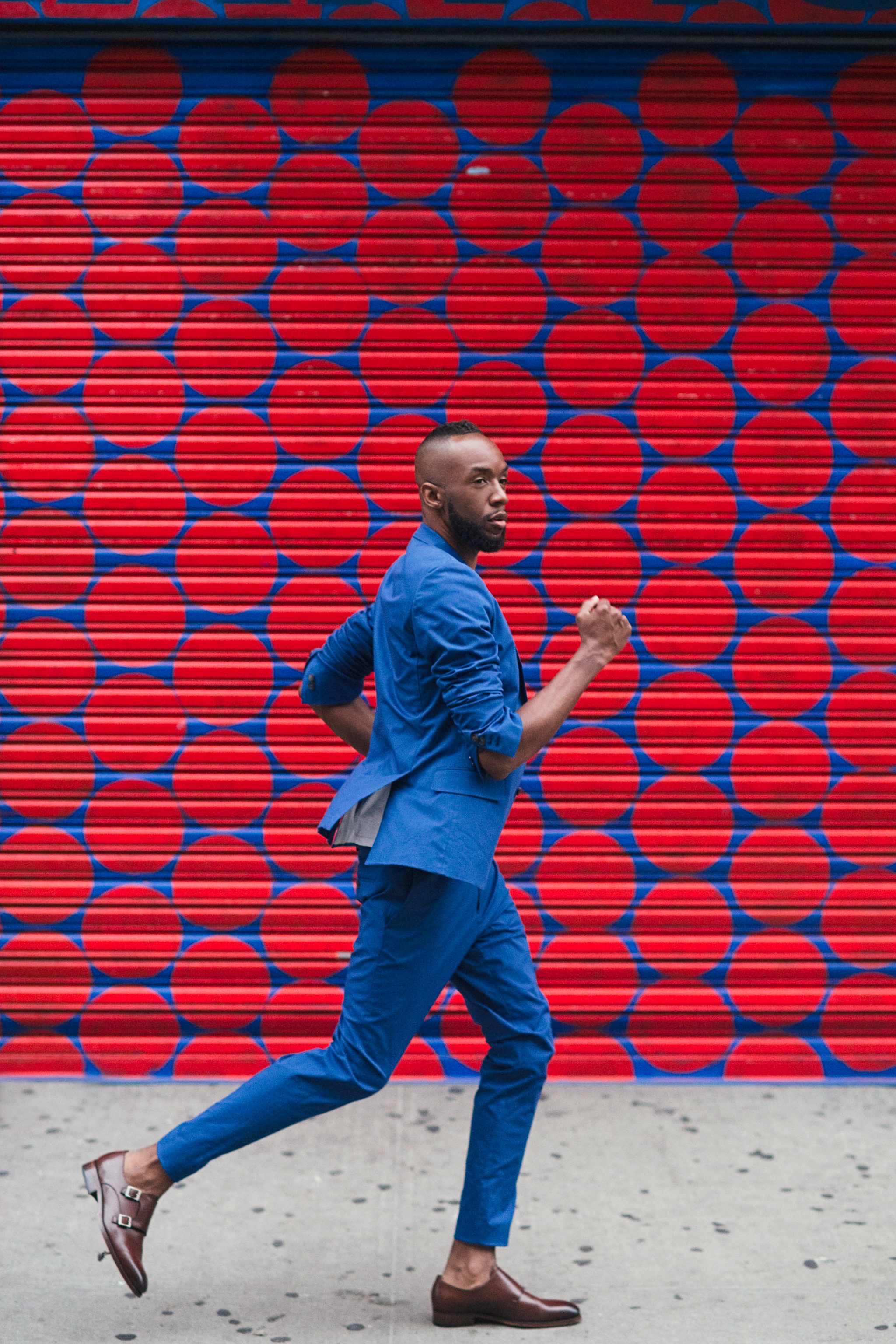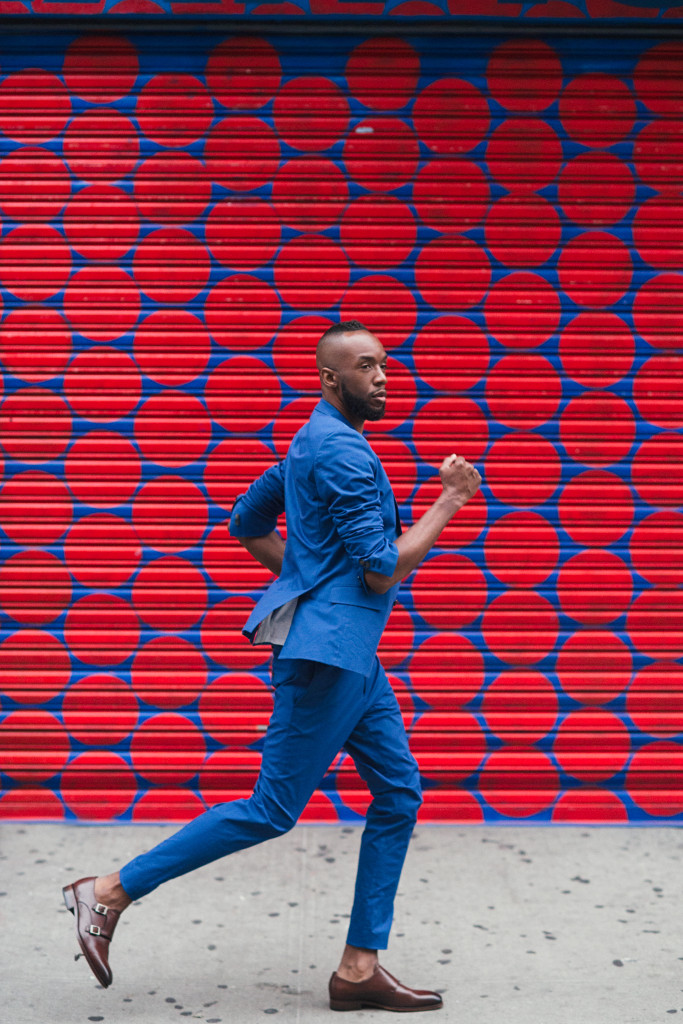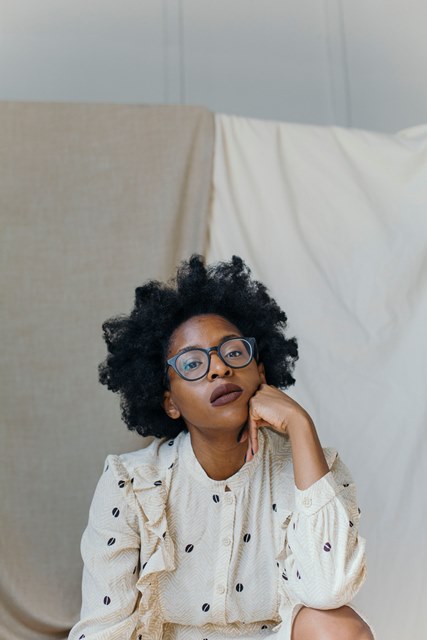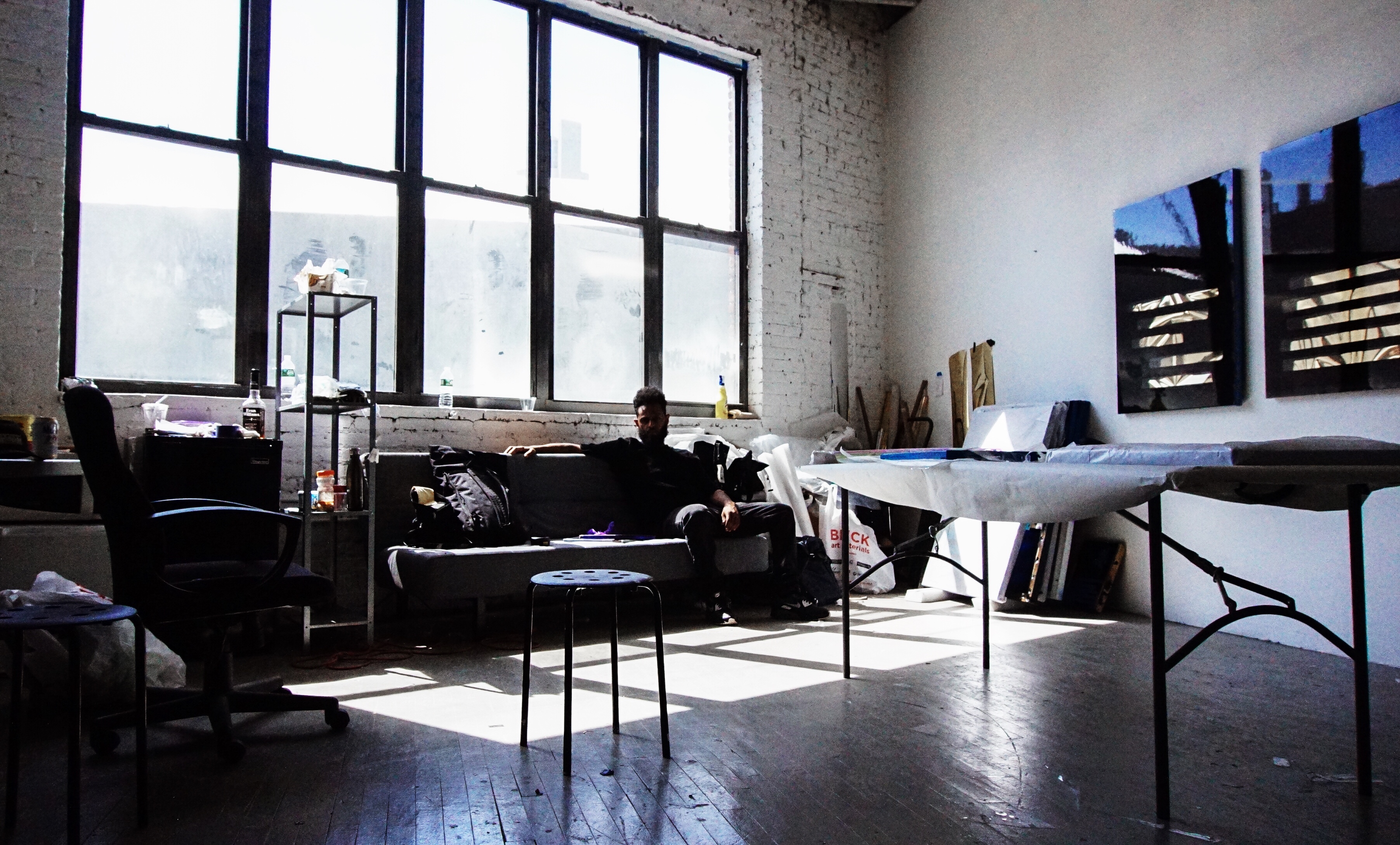AMMO: What’s Your AMMO?
Jae Joseph: Instinct motivates me, knowing that I am experiencing exactly what I am supposed to in that very moment and how to move and breath throughout that time is of importance to me.
A: Your brand offers a long list of services to your clients — when did art curator become one of the services on that list?
J: The role of curating has been a gradual step for me; I was placed into a position about 6 years ago to work an art show at Papillion Arts Gallery in Los Angeles. I had worked mostly in the events and special projects planning side of things for a while and slowing began working with galleries and museums in LA and NY.
A: What have you learned about the art world by stepping into that role of curator?
J: What I feel I’ve been most advantaged to offer the art world is the same perspective but a different voice.
A: How have you been able to merge what you already know about fashion, music, and art with this new role of art curator and consultant?
J: The art world can be tough and seem unattainable at times, although for many artists these days there is a since of freedom knowing that you could be a street kid who develops a following on social media and reach an audience that build loyalty to your work.
A: Gallery 151, the space chosen for Oluseye’s debut show, is famous for featuring the work of innovative and emerging artists. When you choose an artist to be shown in a location like Gallery 151, is there pressure to make sure that they live up to the reputation of the location?
J: The most recent show ORI:Oluseye at Gallery 151 was a moment of birth for me. To see images hanging on the walls of faces that looked just like me, it did my heart proud. It’s still very touching to see black and African art in mainstream galleries and museums without it being a well-known curator or endowment behind it.
A: Diversity is, and has long been, a problem in the art world — why is that an important issue for you?
J: For me, diversity in arts is of high importance, I place an immense value on the black arts movement, whether is design, theater, or music. Its an expression of cultural difference and allows groups of people to be seen and understand in a way that is not sometimes so freely accepted.
Photo by Lord Ashbury






